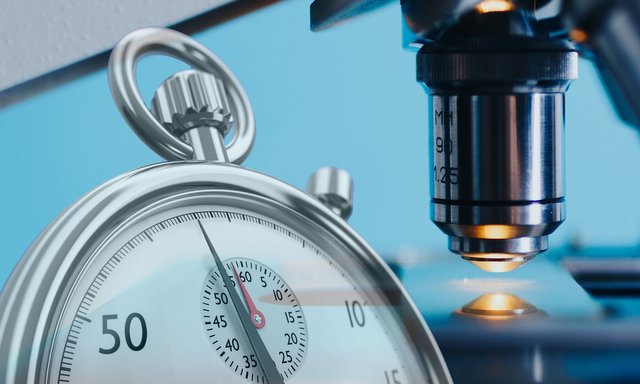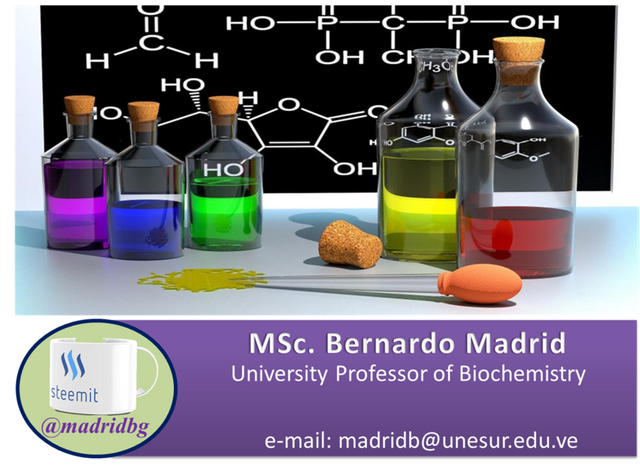
Author: @madridbg, via Power Point 2010, using public domain images.. Gerd Altmann
Greetings and welcome dear readers of this prestigious platform, especially to all those users who live daily in the community of @Projecthope, through the following lines of writing, we will be addressing a scientific topic with practical and environmental contributions to understand the importance of the circular economy in the welfare and care of our environment.
In this sense, the circular economy serves as those principles that allow the execution of a new gear system for the waste or residues produced, in order to achieve a technical utility so that they can be used in a new production line.
Therefore, if we start from this definition, we will be in the presence of providing a utility to organic products, specifically those conceived as waste, consequently and by way of exemplifying the above approach, we will seek to explain the conceptual and methodological mechanisms that allow us to understand the usefulness of the circular economy in terms of biogas production, from strawberry waste, so that in the first instance, we will be bio-transforming the waste obtained and generating a valid utility for our society, at the same time we will be contributing to the welfare and care of our environment, reducing pollution and accumulation of the same.

Author: Engin Akyurt
Therefore, we will rely on a series of research being developed from the Research Center of the Institute of Fat in Seville, which have managed to implement biological techniques for the bio-transformation of organic matter and for this they have used microorganisms, specifically bacteria that are capable of obtaining a sustained consumption of waste from the manufacture of strawberries and consequently produce biogas as an energy alternative to the demands of society and our planet.
Consequently, it is no secret that the industries responsible for the processing and production of strawberry-based foods have focused their attention only on the production of jams, yogurts and flavorings, of which only the juice of the fruit is used and the rest is considered waste and ends up accumulating in landfills.
Hence the importance of the study, which can be replicated in other countries, since it allows the transformation of waste and the obtaining of new materials or products such as acetic acid, which is widely used in the manufacture of plastics, as well as in the production of chemical fertilizers.
Therefore, the methodology applied is not different from the already known process, for this, the researchers collect the biomass and place it in reactors overloaded with the presence of anaerobic bacterial material, understood as those organisms that have the ability to degrade organic matter in the absence of oxygen, so that at this point the temperature control (35 ° C) is one of the key points in the mechanism of operation of the research.

Author: Thzorro77
Another of the determining aspects that gradually affects the efficiency of the rods is the pH control inside the reactors, for which the researchers saw the need to evaluate the behavior of the bacterial species in function of the pH changes.
In this sense, the researchers were able to establish that bacteria generate 42% propionic acid from strawberry residues and this chemical substance is undoubtedly useful in the elaboration of herbicides and aromas to improve the characteristics of chemical products.
On the other hand, when the pH levels were controlled to a range of 7, i.e. neutral, the bacteria became more efficient and it only took an average of 2 days to transform 70% of the strawberry waste into methane, which is equivalent to obtaining 340 ml of methane / gram of organic matter, which is an indication of the efficiency of the process in terms of obtaining energy.
Finally, when the pH is controlled to around 9, the microorganisms are able to degrade the waste, however, the material obtained is acetic acid in a ratio higher than 50%, material that can be implemented in the synthesis of bio-plastics.
Therefore, in my opinion, we are in the presence of a scientific methodology with encouraging results that allows us to provide a valid use for strawberry residues or other organic waste material, and best of all, the remaining material can be used as fertilizer for the agri-food industry itself.
FINAL CONSIDERATIONS

It is no secret that our society is more demanding every day when it comes to energy, so at a scientific level we are looking for alternatives that allow us to continue to meet the requirements, but at the same time does not affect our environment, so this type of research allows us to advance in terms of presenting new alternatives that make us more effective in the treatment of waste or pollutants that we produce as a society and that these serve to improve and provide benefits at the industrial level.
BIBLIOGRAPHY CONSULTED

[1] Cardoso and collaborators. Enhancing the recovery of volatile fatty acids from strawberry extrudate through anaerobic fermentation at different pH valuesArtículo: Acceso Online
OF INTEREST


Grateful with the community @project.hope and with all the management team of the same one that they motivate us to continue working in a mutual and balanced growth.

